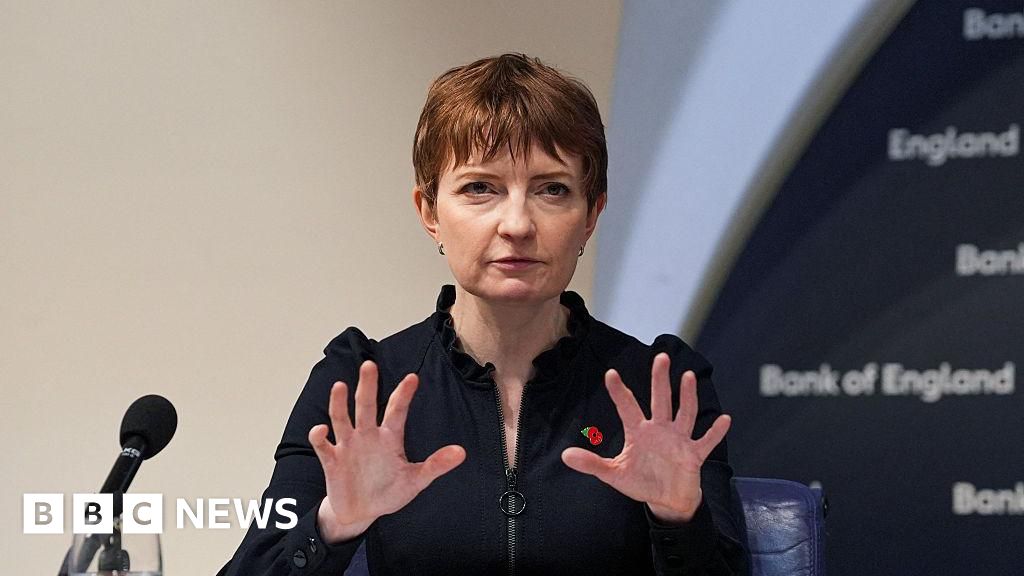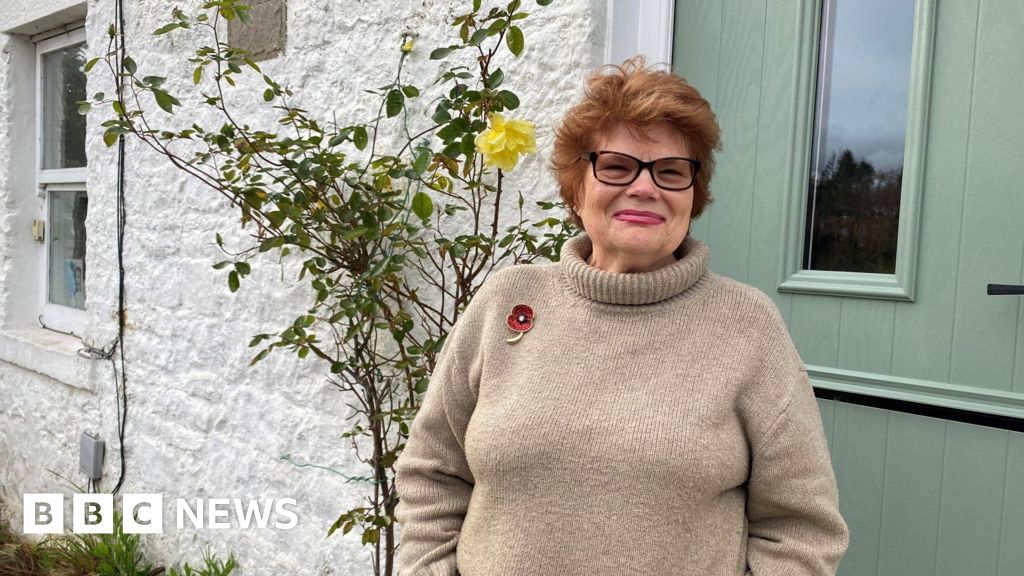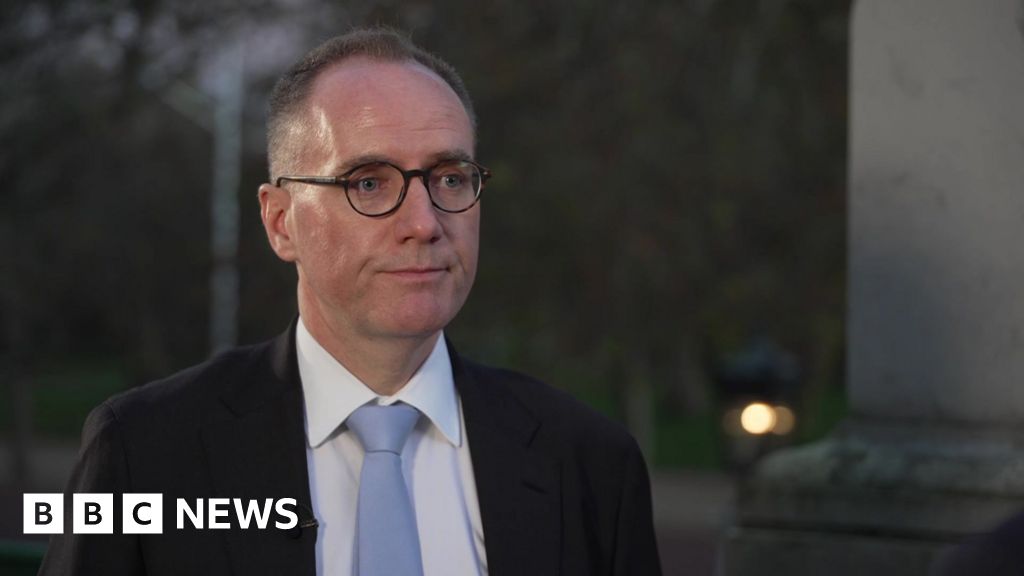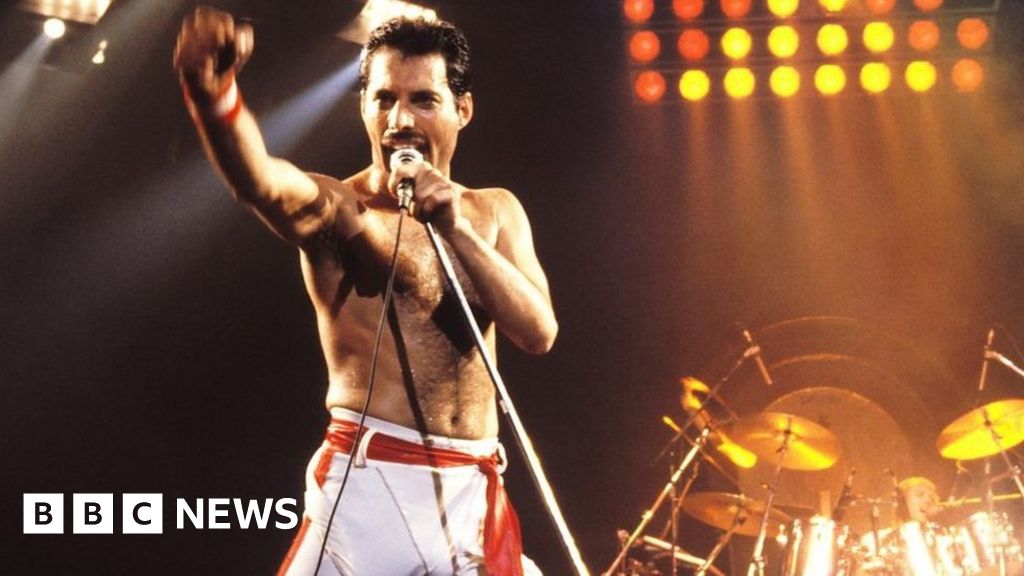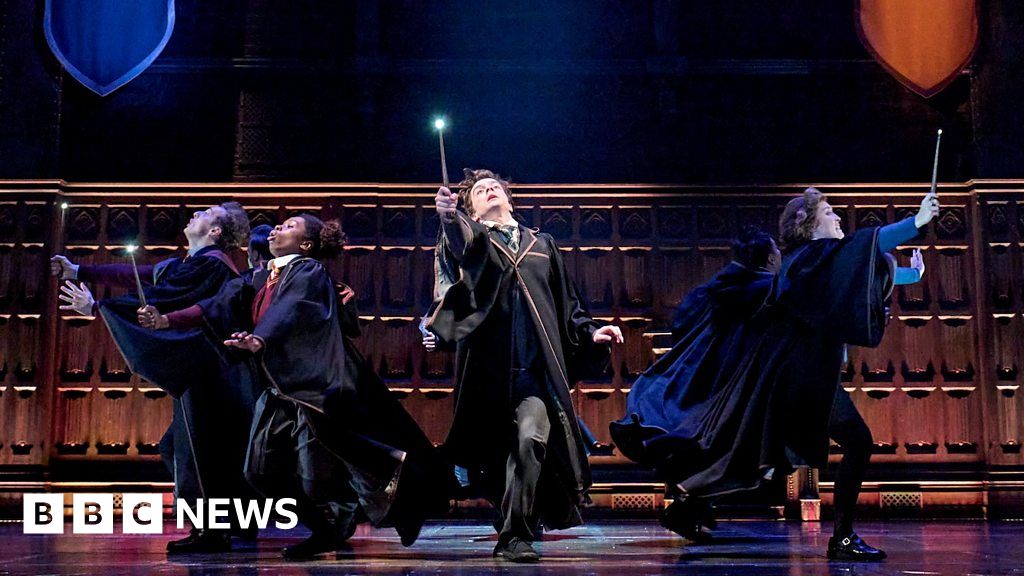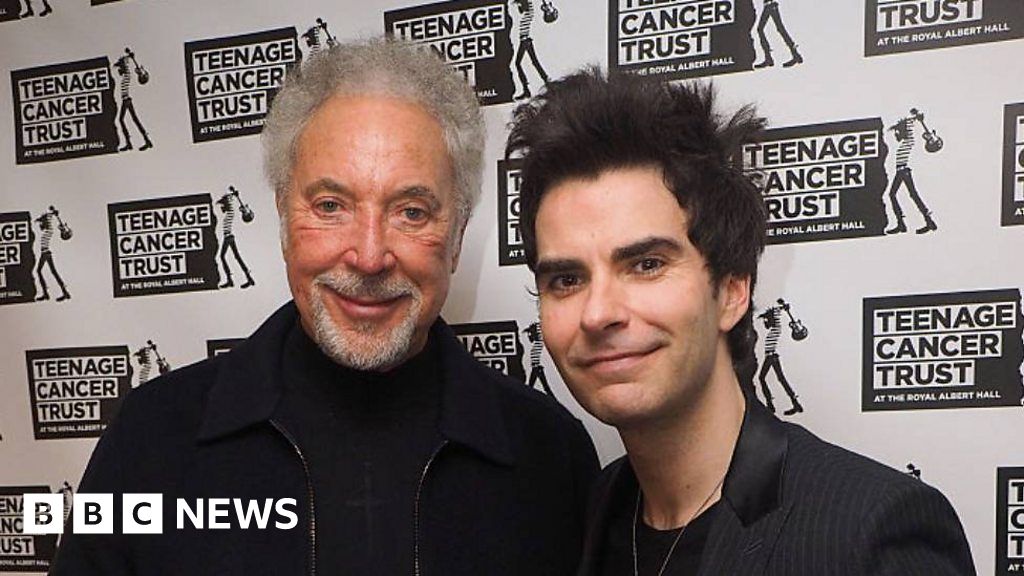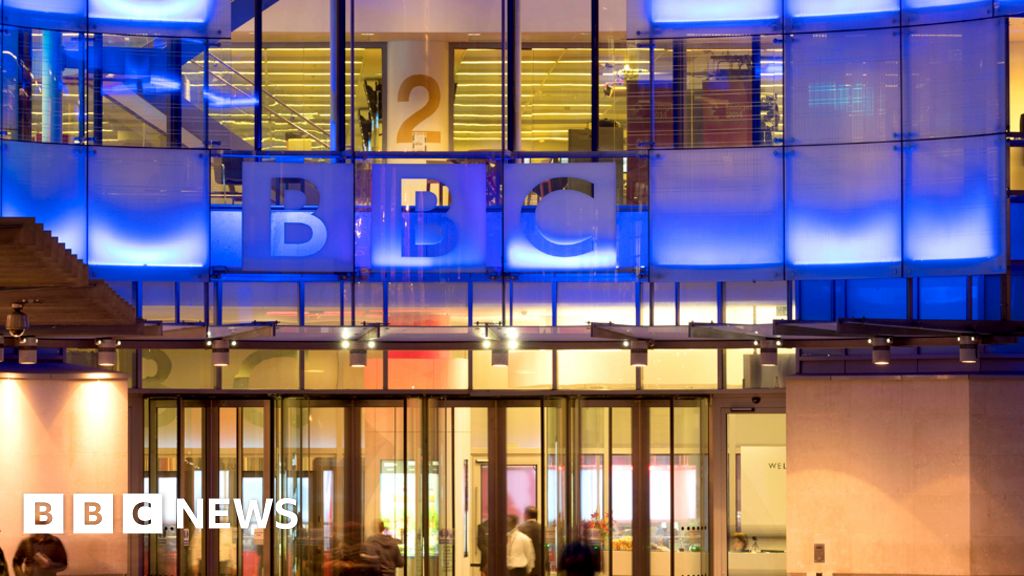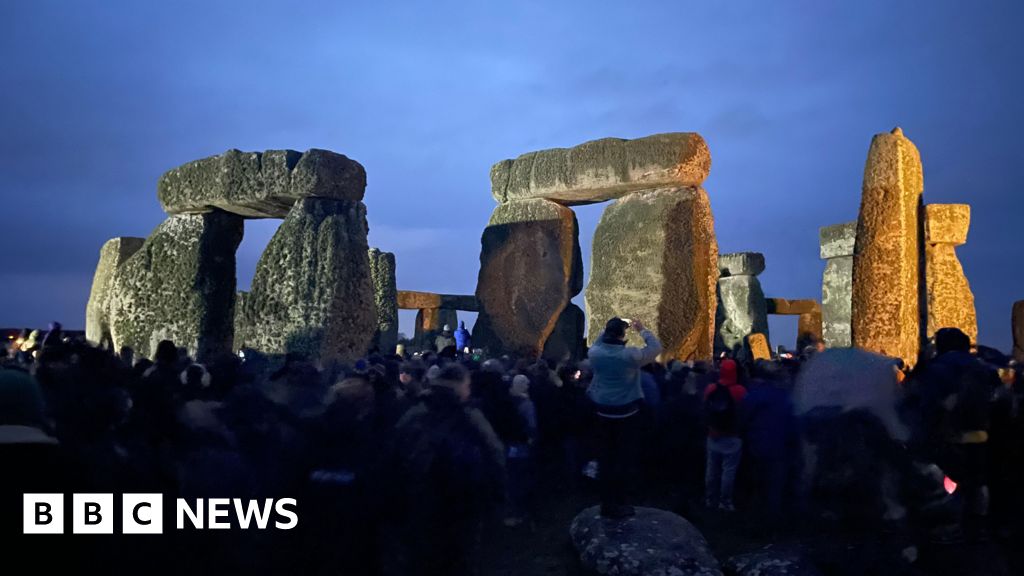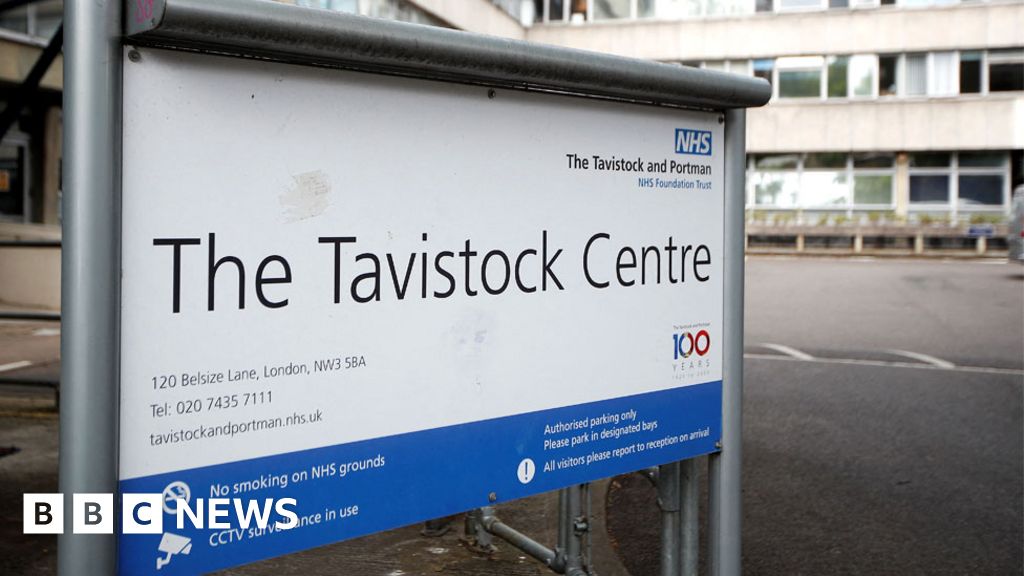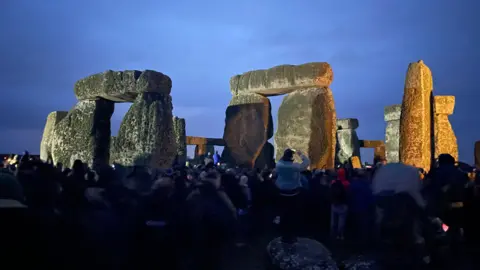 BBC
BBCHundreds of people have gathered at Stonehenge to see the winter solstice sunrise.
From 21 December, the shortest day of the year, the nights will slowly start to draw back again and the days will gradually become longer.
The ancient site, which is managed by English Heritage, opened its Monument Field at 07:45 GMT so crowds could see the sunrise over the iconic stones.
The sun rose at Stonehenge at approximately 08:09 and is due to set at 16:02, meaning there will be little under eight hours of daylight.
Although the length of the day in hours and minutes will vary across the UK, the daylight hours will be less than half the length of the longest day of the year, 21 June, which is summer solstice.
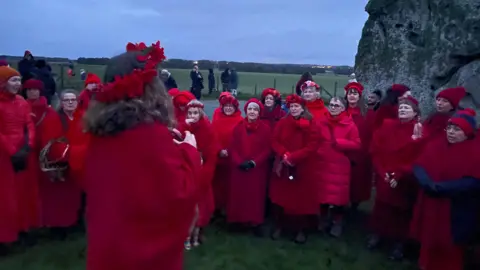
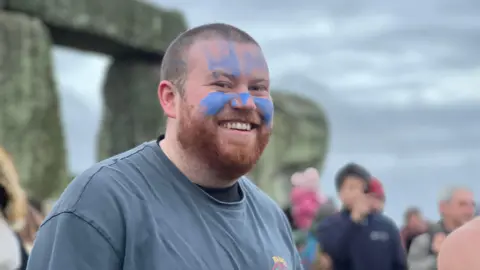
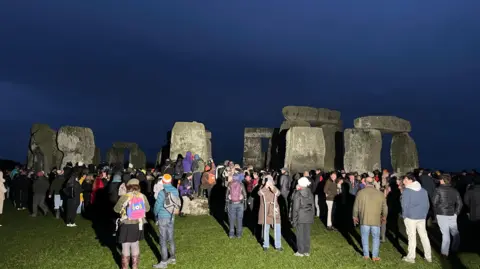
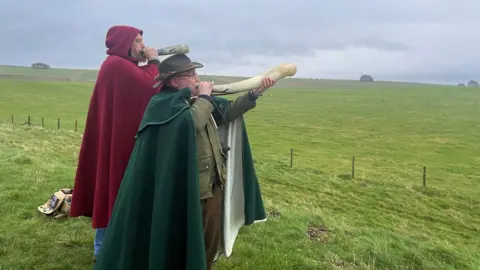

Among those at the winter solstice celebrations at Stonehenge were Martin and his son, Oliver.
It was Oliver’s first time, both at Stonehenge and marking solstice, and Martin said the celebrations offered his son “a different perspective”.
“It’s new beginnings, new dawn, new hope,” he said.
“In the cold winter, the spring’s coming, and I think that sends a very positive message.”
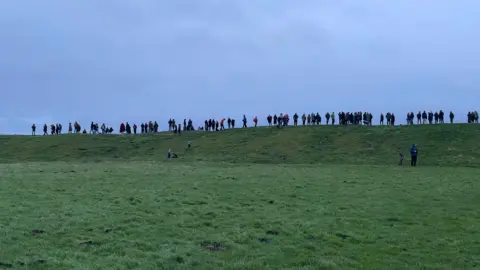
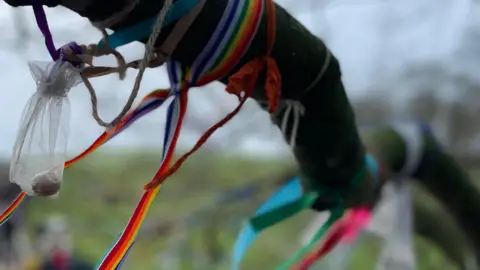
In Avebury, which is home to another stone circle, two men wearing cloaks could be seen blowing horns as people gathered to watch the sunrise over the fields.
Near the stone circle there is a group of beech trees which people tie ribbons to.
This is a pagan tradition known as “wishing trees”, done as prayers to the tree spirits or in the memory of loved ones.





















